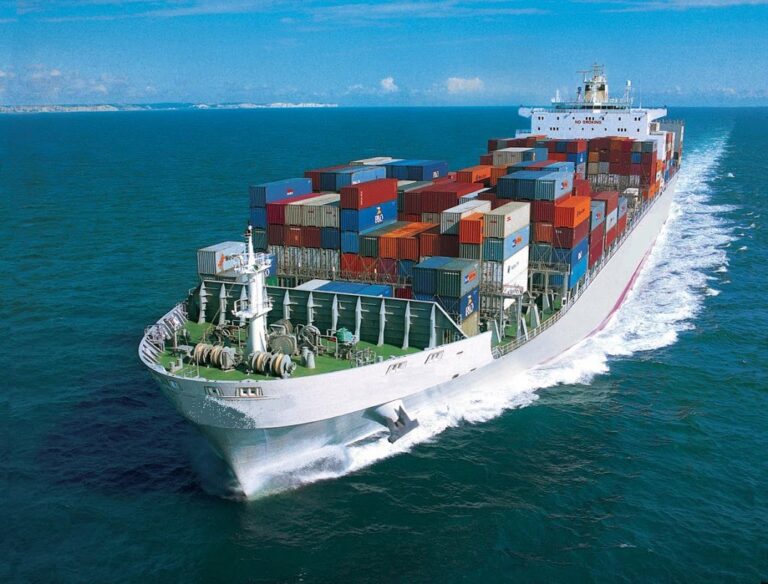Saturday, July 20, 2019, marks the 45th anniversary of the Turkish Invasion to Cyprus that still keeps the island divided. Cypriots still remember the unsettling wail of the sirens in the early morning hours, a stark reminder of the events of 1974. Memorial services will be held across the government-controlled areas for those killed during the operation, dubbed Attila by Turkey.

The July 1974 invasion cost 3.000 lives and injured thousands of others, while 1.619 people were reported missing. Meanwhile, in the Turkish-occupied north, various celebrations will be held to mark the Attila anniversary.
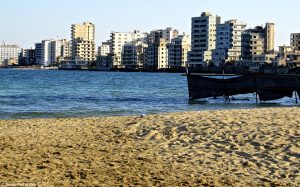
The online version of the British Daily Mail hosts an extensive photo collection on the occasion of the anniversary of the Turkish invasion of Cyprus on July 20, 1974.
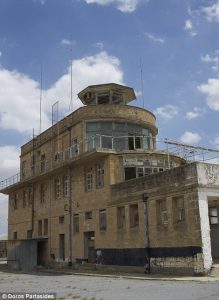
Photos of the ghost town of Famagusta and of refugees who bemoan realizing that they have lost their homes and their homeland. The article, entitled “From Coast Town to Ghost Town“, is focusing on Famagusta, the city which in the early 1970s “was a top tourist destination, with golden sands, high-rise hotels and shopping precincts, frequented by the likes of Brigitte Bardot, Richard Burton and Elizabeth Taylor”.
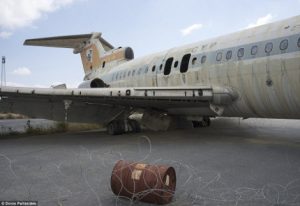
“Today, the streets on the shoreline of Famagusta’s beach resort lie eerily silent, and have been for decades”, notes the author of the article presenting photos of abandoned places.
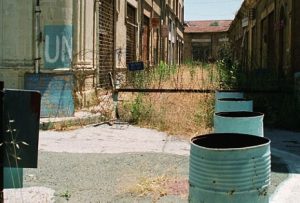
“Everything here has been frozen in time since 1974 – the year of the Turkish invasion of Cyprus. These are the haunting scenes inside the city of Nicosia, which is now the only divided capital city in the world – separated by a UN ‘green line’ buffer zone”, notes the article.
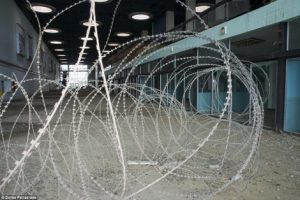
The Daily Mail published photos of Doros Partasides, which reflect the grief of the refugees and the abandonment in the occupied territories. Partasides has reported that he is pleased with his small contribution to his country through his photos but on the other hand, the memories of 1974 still haunt him.
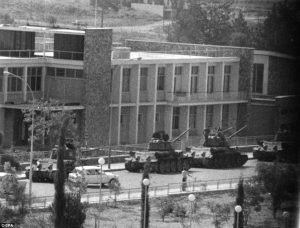
“One photograph is a thousand words, for me, a thousand photographs is one word-Cyprus”, he says.
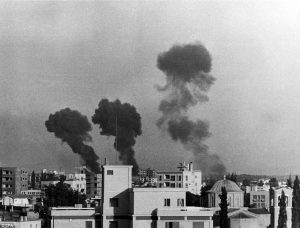
Timeline of a Crisis
Coup, July 15
The National Guard – mainly led by Greek officers – and the EOKA B paramilitary organization launched a coup, organized by Greece’s military junta, to overthrow President Makarios. Makarios escaped and managed to flee overseas with the help of the British military. Nicos Sampson, newspaper publisher and member of the Greek Cypriot paramilitary forces was installed as president.
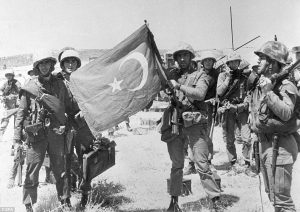
Invasion, July 20
Turkish forces landed on the Kyrenia coast early in the morning of Saturday, July 20, while planes dropped paratroopers inland in what was dubbed the first invasion. Αnkara said it had a right to do so under the Treaty of Guarantee, co-signed by Britain, Greece, and Turkey. Turkey had been poised to invade twice before in the 1960s but they were stopped by the Americans. A ceasefire was declared a couple of days later but was not really observed. Turkish troops expanded their foothold and advanced further during this time.

On July 23, the Greek junta collapsed under the weight of developments in Cyprus. Sampson was removed and Glafkos Clerides took over.
Talks were held in Geneva between July 25 and July 30 and a second-round between August 8 and 14.
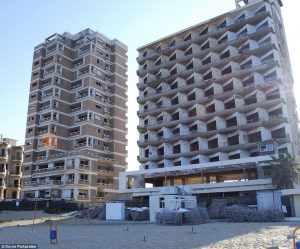
The second round of talks broke down when Clerides asked for 36 hours to consider Turkey’s proposal for a federation to give Turkish Cypriots autonomy. Turkey refused and a couple of hours later it launched its second offensive. It more or less took over the territory – 37 percent – it holds today, as was the initial plan, and declared a ceasefire on August 16.
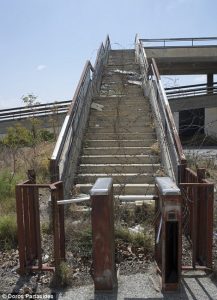
Beyond the loss of life, well over 200.000 people from both communities lost their homes and properties as a result of the invasion. In the weeks and months that followed virtually all Greek Cypriots living in the north were forced south, while the Turkish Cypriots in the south moved north.
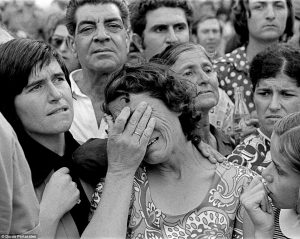
On February 13, 1975, Turkey declared the occupied northern part as the Turkish state of Cyprus. Eight years later, on November 15, 1983, the Turkish Cypriots unilaterally declared independence under the name of the Turkish Republic of Northern Cyprus. This was rejected by the UN and the Republic of Cyprus.
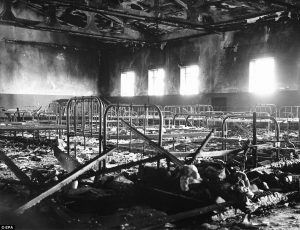
The breakaway state is only recognized by Turkey.

Source: Nikoleta Kalmouki/greekreporter
Ask me anything
Explore related questions



